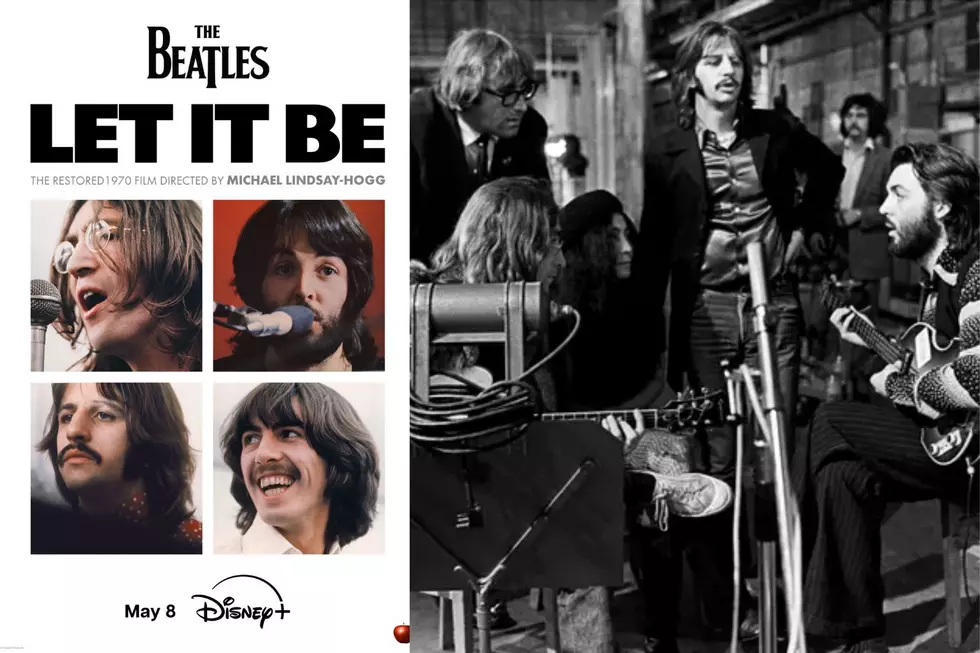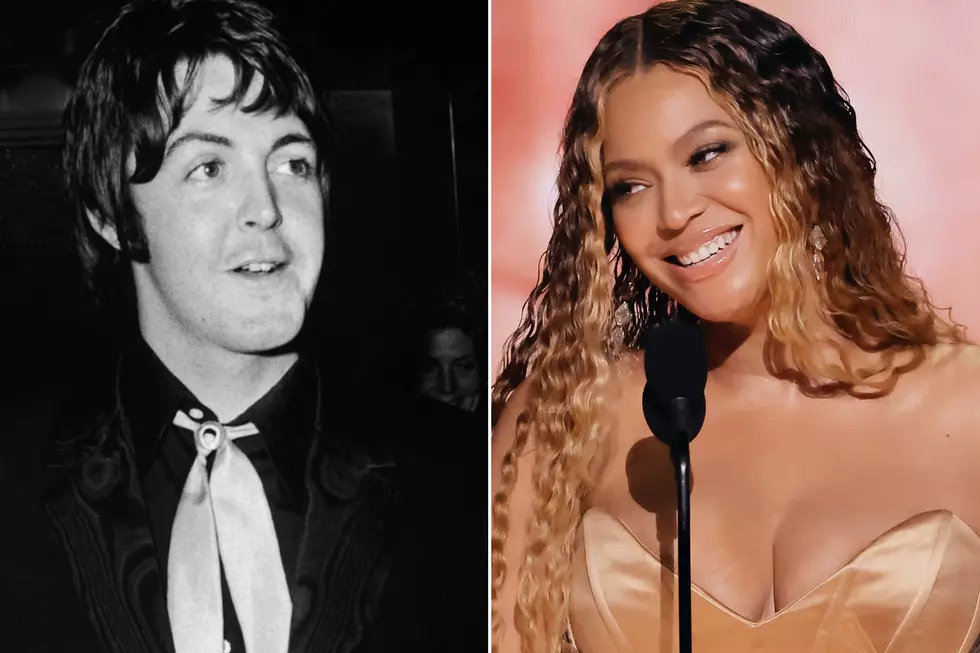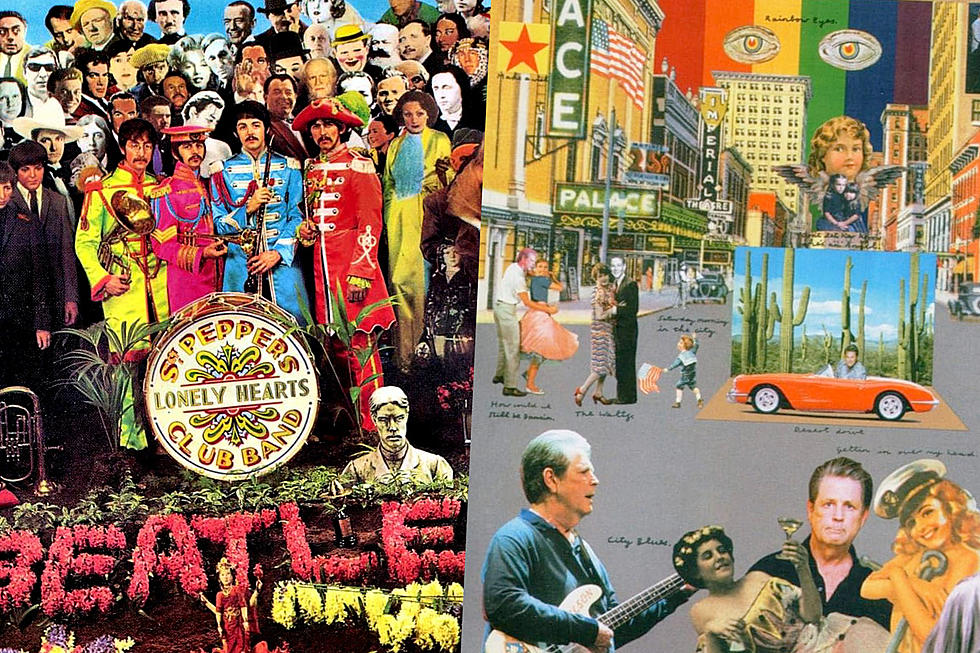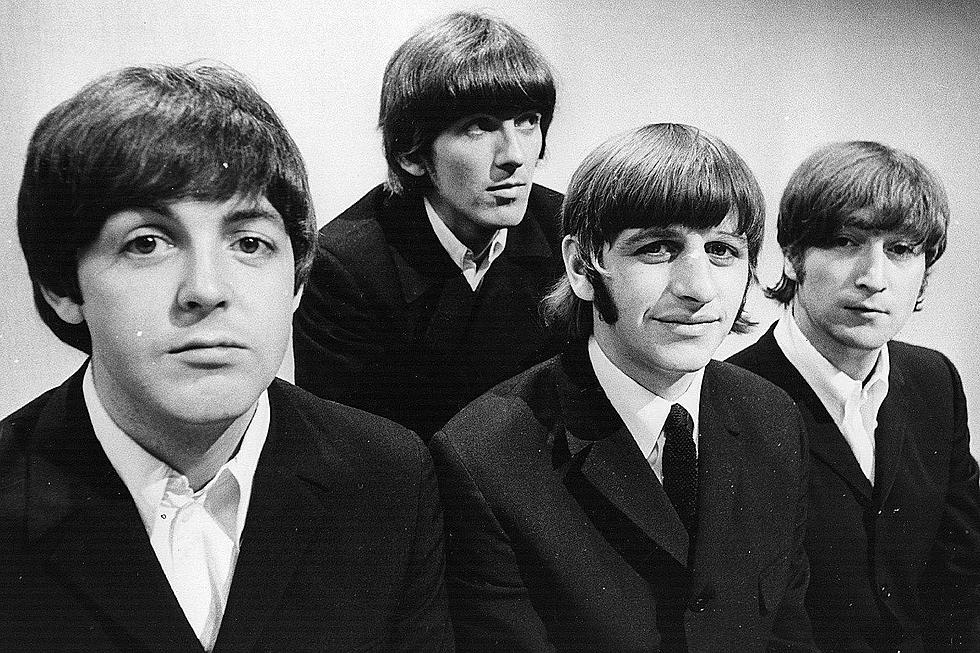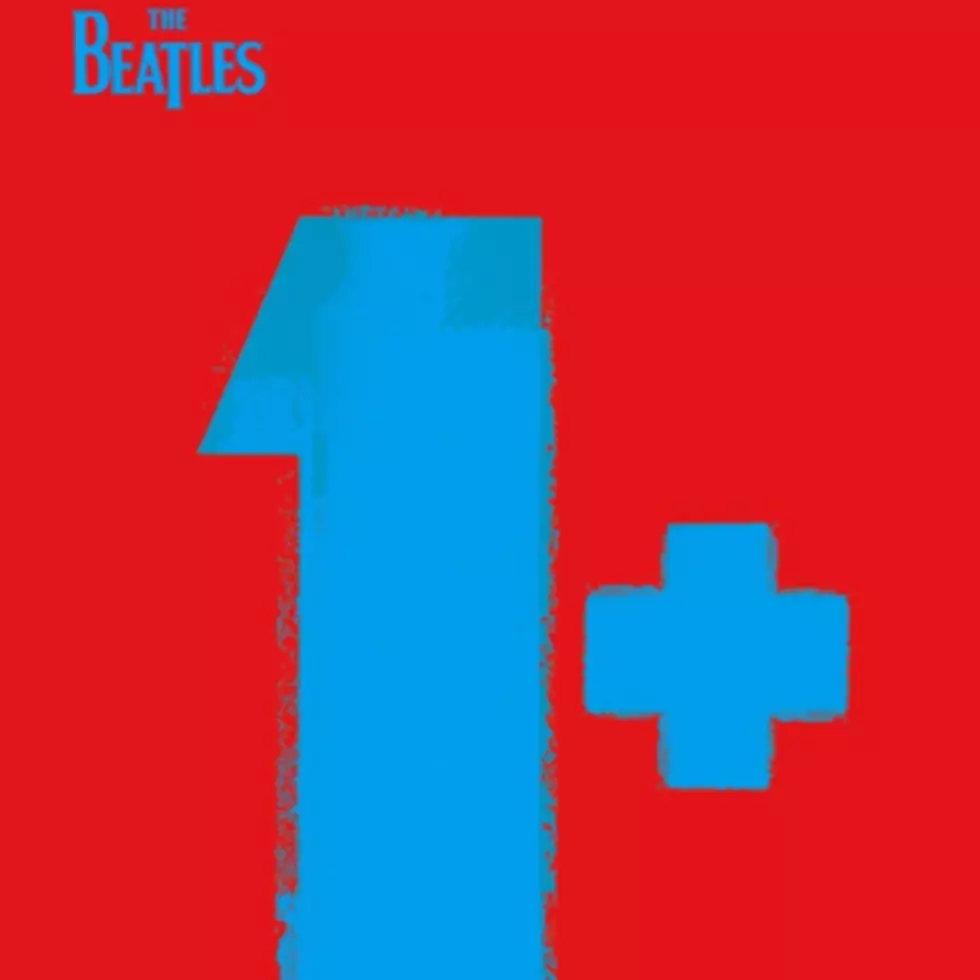
Beatles, ‘1+': DVD Review
During their brief time together, the Beatles, in addition to all the records they made, managed to shoot dozens of promotional films and music videos. At first they were a way for the band to connect to fans who couldn't see them live. But by the middle of the '60s, when they gave up touring for good to focus on the more experimental side of their music, the videos became another creative outlet, a way for one of pop culture's most restless and daring groups to break past the boundaries of typical performance clips.
1+, which repackages the Beatles' chart-topping 2000 compilation album with an additional two discs of 50 videos -- spanning their first single, "Love Me Do," through "Real Love," which was put together for the Anthology series using a John Lennon demo with a new backing track by the surviving members -- is an eye-opening view of a part of the band's world that you may not have known existed.
The "mini movies," as the group referred to them, add a whole new level of significance to 1, which gathered 27 No. 1 Beatles hits and has become the bestselling album of the 21st century. The collection remains a perfect primer for new fans and an excellent rundown of the band's biggest hits for old ones. But it's the newly restored videos -- some taken from vintage TV shows, some made specifically to promote reissue product, but most spearheaded by the group to get its music to more people -- that will draw the latter to this package again.
Arranged chronologically, 1+ stumbles a bit at first with clips assembled from various period footage with studio versions of the songs serving as soundtracks or performance pieces pulled from longer concert documents, and a few of the clips taken from the Magical Mystery Tour and Yellow Submarine movies seem like space fillers. But by the time "I Feel Fine" rolls around in late 1964, the Beatles are making music videos specifically for TV audiences around the world.
And they're a fascinating lot -- many haven't been seen in years (and very few have ever been issued commercially). From the black-and-white, bare-stage minimalism of "We Can Work It Out" to the colorful London travelogue "Penny Lane," 1+ chronicles a seldom told, and seldom seen, part of the band's history. And just as their music developed more depth and texture as the years went on, so do the videos. By the time they made the "Strawberry Fields Forever" clip in 1967 -- a psychedelic journey that's as every bit as complex and fascinating as the song -- they were venturing into the same surrealistic territory occupied by some of the era's best experimental filmmakers.
That's not to say they couldn't still be exciting onstage. The live performance clips for "All You Need Is Love," "Hey Jude" and "Revolution" -- as well as a handful from the Let It Be sessions, including a few from the famous rooftop concert -- are loose and exuberant, capturing a sense of camaraderie that goes against everything we've heard about their fractious final years. They're in their element here, whether playing around is new creative fields (and in essence pioneering the music video) or charming their way through their hits in front of screaming audiences. In short, they were being the Beatles, in all their timeless glory.
Beatles Albums, Ranked Worst to Best
You Think You Know the Beatles?
More From Ultimate Classic Rock
